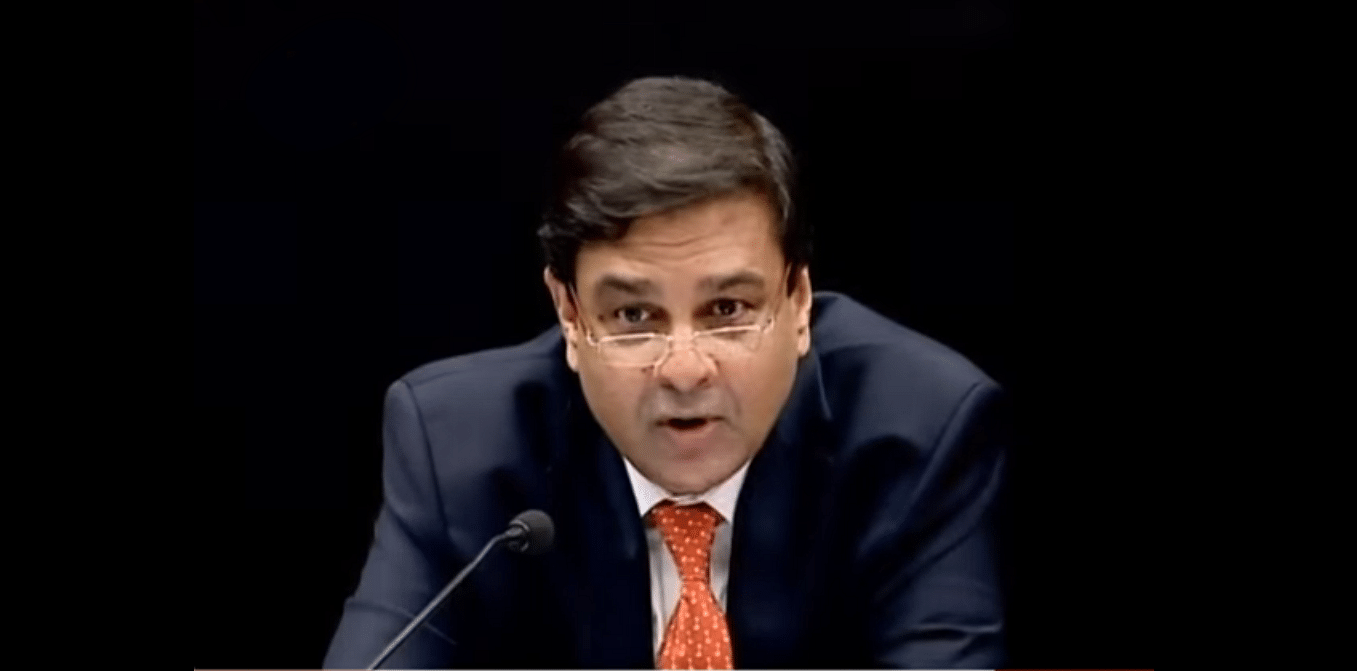Economy
Urjit Patel’s Sit-Tight Monetary Policy Means Government And Banks Have To Do Heavy Lifting Now
- The Reserve Bank of India’s middle-of-the-road growth projection is sensible.
- Nothing in this policy suggests that MPC-RBI have been less than autonomous in their monetary policy.
- The loud talk about the RBI’s autonomy taking a hit post-demonetisation was largely agenda-driven.

Dr Urjit Patel. (GettyImages)
As expected, the Reserve Bank of India’s (RBI) sixth monetary policy for 2016-17 has been a non-event, with the Monetary Policy Committee (MPC) headed by Governor Urjit Patel unanimously deciding to keep rates the same. The only part of the statement that is of interest is the RBI’s policy stance. It is now “neutral” rather than “accommodative.”
The headlines tomorrow will probably be driven not by the MPC stance, but the titbit on demonetisation: all cash curbs on savings bank withdrawals will end in two phases. They will end completely on 13 March, and the period from 28 February will see weekly limits raised to Rs 50,000 from Rs 24,000.
This means the cash crunch will be truly over by early March, and the Cassandras predicting seven or eight months of endless note-printing being completely off the mark. The big takeout: remonetisation is more or less done, and the cash impact of the economic slowdown will end this quarter. From the first quarter of 2017-18, we should see a full recovery. The RBI has projected a gross value added (GVA) rate of 7.4 per cent next year, up from a scaled-down 6.9 per cent this fiscal.
The following are the other implications of the policy statement.
One, the shift from accommodative to neutral in money policy implies that the banking sector has enough cash in its tills to finance credit expansion. It needs no RBI intervention.
Two, the RBI is not clear how inflation will play out once the demonetisation slowdown ends. It is keeping its fingers crossed, and does not want to needlessly try to revive growth with an easier monetary policy. Core inflation (non-food, non-fuel) is still higher (around 4.8 per cent) than headline retail inflation of 3.4 per cent. Hence the caution on easier rates. But this caution does not matter to lending rates for now.
Three, interest rates have fallen not due to the exertions of the RBI, but the fall in deposit rates post-DeMo. The monetary policy statement says that rates can be cut further based on banks’ own sense of well-being. This means the situation on bad loans has to improve, banks must be recapitalised, and interest rates on competing savings schemes (read: post office investments) must come down. Patel said banks have passed on only around half the 1.75 per cent cut in policy rates so far (on a weighted average basis), and effectively lobbed the ball back in the centre’s court. Only the centre can do something about recapitalising banks to enable loan writeoffs and a reduction in bad loans. Only the centre can cut interest rates on post office schemes. Loan growth and rates depend on that, not RBI policy.
Four, the RBI’s growth estimate for next year is probably understated, assuming the monsoon is normal. If the third and fourth quarters of this year have been down due to demonetisation, the springback in the first two quarters next year should be more than what it is projecting. We should not be surprised if (assuming normal monsoons), next year we hit a growth rate of 7.8-8 per cent. Finally. But the joker in the pack: GST. We cannot know how this tax will impact growth in its first year of implementation. So, on balance, the RBI’s middle-of-the-road growth projection is sensible.
A small titbit to close: nothing in this policy suggests that the MPC and the RBI have been less than autonomous in their monetary policy. The loud talk about the RBI’s autonomy taking a hit post-demonetisation was largely agenda-driven.
Support Swarajya's 50 Ground Reports Project & Sponsor A Story
Every general election Swarajya does a 50 ground reports project.
Aimed only at serious readers and those who appreciate the nuances of political undercurrents, the project provides a sense of India's electoral landscape. As you know, these reports are produced after considerable investment of travel, time and effort on the ground.
This time too we've kicked off the project in style and have covered over 30 constituencies already. If you're someone who appreciates such work and have enjoyed our coverage please consider sponsoring a ground report for just Rs 2999 to Rs 19,999 - it goes a long way in helping us produce more quality reportage.
You can also back this project by becoming a subscriber for as little as Rs 999 - so do click on this links and choose a plan that suits you and back us.
Click below to contribute.
Latest